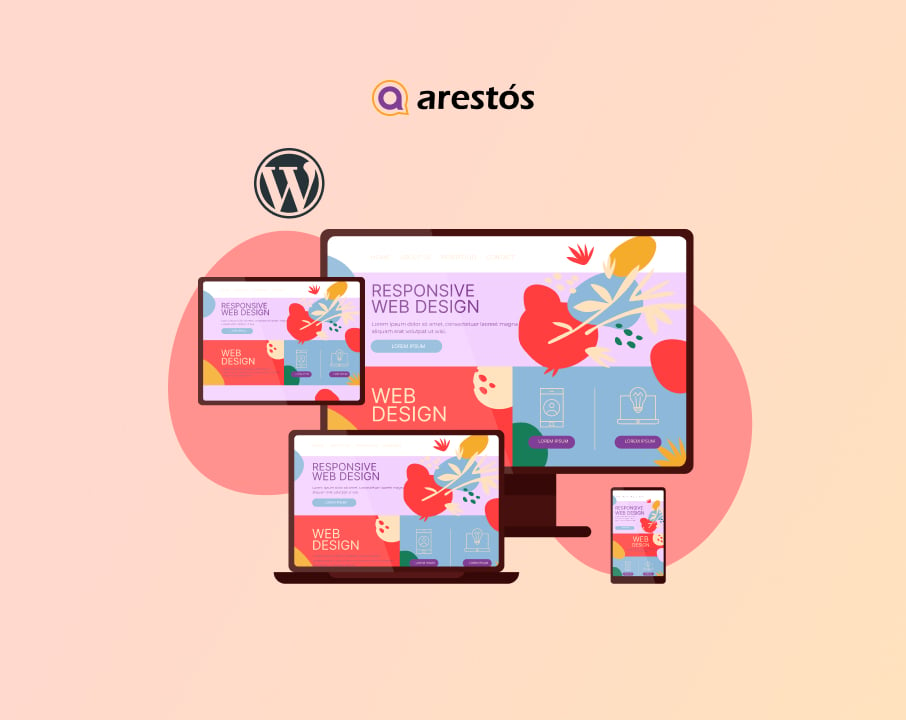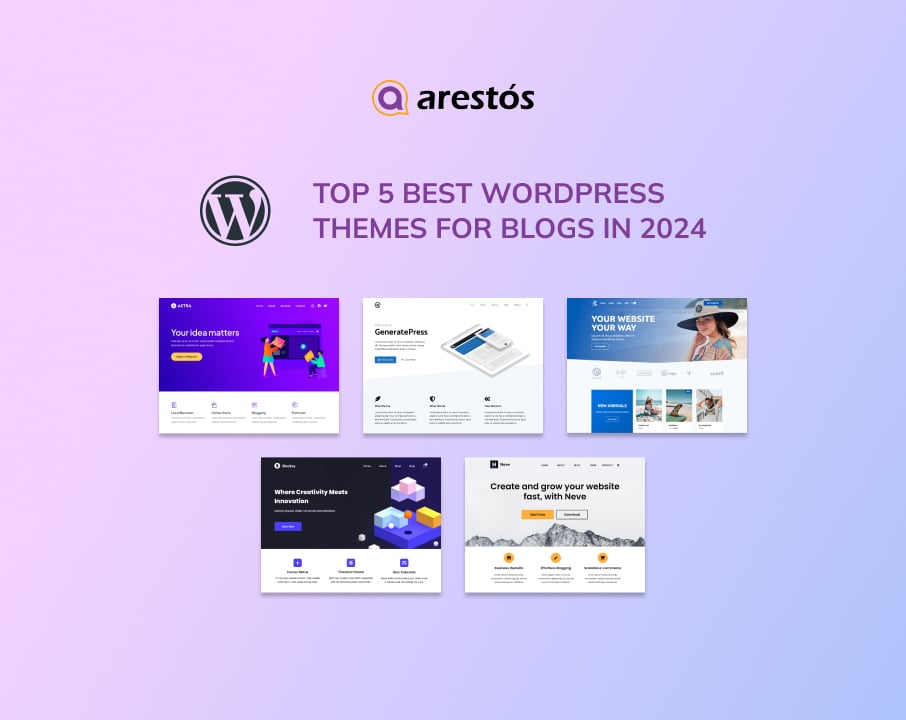WordPress SEO Tutorial: Optimizing Your Blog Posts for Search Engines
In the ever-evolving digital landscape, search engine optimization (SEO) plays a vital role in driving organic traffic to your WordPress website. Optimizing your blog posts for search engines is essential to increase visibility, attract a wider audience, and boost your online presence.
In the ever-evolving digital landscape, search engine optimization (SEO) plays a vital role in driving organic traffic to your WordPress website. Optimizing your blog posts for search engines is essential to increase visibility, attract a wider audience, and boost your online presence. In this comprehensive WordPress SEO tutorial, we will delve into effective strategies that will empower you to optimize your blog posts for search engines. By following these techniques, you can improve your rankings, enhance user engagement, and ultimately achieve greater success with your WordPress blog.
Keyword Research and Selection
To start optimizing your blog posts, it’s important to conduct thorough keyword research and select the right keywords. Here’s how you can do it:
- Understanding the Role of Keywords in SEO: Keywords are the search terms that users enter into search engines. By targeting relevant keywords in your blog posts, you can increase your chances of ranking higher in search engine results pages (SERPs).
- Conducting Keyword Research: Utilize tools like Google Keyword Planner to find keywords that are relevant to your blog post’s topic. Look for keywords with a good search volume and low competition.
- Selecting Relevant and High-Traffic Keywords: Choose keywords that align with your blog post’s content and search intent. Consider long-tail keywords, which are more specific and have a higher chance of driving targeted traffic to your blog.
WordPress SEO Tutorial: On-Page Optimization Techniques
Once you have your target keywords, it’s time to optimize your blog post’s on-page elements. Follow these techniques:
- Crafting Compelling and Keyword-Rich Titles: Create attention-grabbing titles that accurately reflect the content of your blog post. Incorporate your target keyword naturally within the title.
- Writing SEO-Friendly Meta Descriptions: Compose concise and informative meta descriptions that entice users to click on your blog post. Include your target keyword in the meta description while focusing on readability.
- Optimizing Heading Tags: Use heading tags (H1, H2, H3) to structure your blog post and make it more scannable for readers and search engines. Incorporate relevant keywords in your headings to improve SEO.
- Incorporating Keywords in the Content: Integrate your target keyword naturally throughout the content. Avoid keyword stuffing and prioritize providing valuable information to your readers.
- Utilizing Keyword Variations and Synonyms: Include variations and synonyms of your target keyword to make your content more comprehensive and relevant to different search queries.
Optimizing Content Structure and Formatting
Formatting your blog posts properly can significantly improve their search engine visibility. Consider the following techniques:
- Using Subheadings to Structure Your Blog Post: Break your content into logical sections using subheadings (H2, H3). This helps both readers and search engines understand the structure of your blog post.
- Breaking Content into Digestible Paragraphs: Use short paragraphs to enhance readability. Aim for 2-3 sentences per paragraph, making it easier for readers to scan and comprehend your content.
- Incorporating Bullet Points and Numbered Lists: Organize information using bullet points or numbered lists. This helps readers absorb key points quickly and makes your content more visually appealing.
- Adding Relevant Internal and External Links: Include internal links to other relevant blog posts or pages on your website. Additionally, include authoritative external links to support your content and provide additional value to readers.
WordPress SEO Tutorial: Image Optimization for SEO
Optimizing images in your blog posts can improve both user experience and search engine visibility. Follow these image optimization techniques:
- Choosing Descriptive File Names for Images: Rename your image files using descriptive and keyword-rich titles before uploading them to your WordPress media library.
- Optimizing Alt Text with Relevant Keywords: Add descriptive alt text to your images, including your target keyword when applicable. Alt text helps search engines understand the content of your images.
- Compressing Images to Improve Page Loading Speed: Optimize your images by compressing them without compromising quality. Large image files can slow down your website, affecting user experience and SEO.
- Utilizing Image Sitemaps: Include your images in an XML sitemap to ensure search engines discover and index them properly. This improves your chances of ranking in image search results.
Utilizing SEO Plugins and Tools
WordPress offers various SEO plugins and tools that can streamline your optimization efforts. Here’s how you can leverage them:
- Installing and Configuring an SEO Plugin: Choose a reputable SEO plugin like Yoast SEO or All in One SEO Pack. Install and configure the plugin to optimize your blog posts effortlessly.
- Leveraging Plugin Features for Content Optimization: Take advantage of the plugin’s features to analyze your content’s readability, keyword density, and overall SEO. Use the suggestions provided to improve your blog post.
- Using SEO Analysis Tools: Utilize external SEO analysis tools like SEMrush or Moz to gain additional insights into your blog post’s optimization. These tools can help you identify areas for improvement.
To further optimize your WordPress website, it is important to implement specific SEO strategies. For more detailed guidance, please refer to the following article: How to Implement Effective WordPress SEO Strategies
WordPress SEO Tutorial: Enhancing User Experience and Engagement
- Writing Compelling and Engaging Content: Focus on creating high-quality, valuable content that resonates with your target audience. Provide unique insights, practical tips, and engaging storytelling to keep readers hooked.
- Incorporating Multimedia Elements: Enhance user experience by including relevant images, videos, or infographics in your blog posts. Visual elements not only make your content more engaging but also encourage readers to stay longer on your page.
- Encouraging Social Sharing and Comments: Include social sharing buttons to make it easy for readers to share your blog posts on social media platforms. Also, encourage comments and engage with your audience to foster a sense of community and improve user engagement.
- Optimizing Page Loading Speed: Optimize your website’s loading speed by using a reliable hosting provider, compressing images, and minimizing unnecessary plugins. A faster website improves user experience and positively impacts SEO.
Promoting and Sharing Your Blog Posts
- Sharing Blog Posts on Social Media Platforms: Leverage the power of social media to promote your blog posts. Share them across relevant platforms, engage with your followers, and encourage them to share your content with their networks.
- Building Backlinks through Guest Blogging and Outreach: Reach out to other bloggers or websites in your niche and offer to write guest posts. Incorporate relevant links back to your blog posts within the guest content, which can help increase your backlink profile and improve SEO.
- Engaging with Relevant Online Communities and Forums: Participate in online communities and forums related to your blog’s topic. Share your expertise, answer questions, and provide valuable insights. Remember to include a link to your blog post when relevant and allowed.
- Utilizing Email Marketing: Build an email list and send newsletters or updates to your subscribers. Include links to your blog posts in your email campaigns to drive traffic and increase readership.
Monitoring and Analyzing Performance
- Tracking Keyword Rankings and Organic Traffic: Use analytics tools like Google Analytics or SEMrush to monitor your keyword rankings and organic traffic. Keep an eye on the performance of your blog posts and identify opportunities for improvement.
- Monitoring User Engagement Metrics: Pay attention to user engagement metrics such as bounce rate, time on page, and page views. Analyze these metrics to understand how readers interact with your blog posts and make necessary adjustments to improve engagement.
- Analyzing Data to Identify Areas for Improvement: Regularly review your analytics data to identify patterns, trends, and areas where your blog posts can be further optimized. Adjust your content strategy and SEO techniques accordingly.
Conclusion:
Optimizing your WordPress blog posts for search engines is essential for increasing visibility and attracting a wider audience. By following the strategies outlined in this tutorial, you can enhance your on-page optimization, improve user experience, and effectively promote your blog posts.
If you’re looking for expert assistance with WordPress development, consider partnering with Arestós. With a team of experienced WordPress specialists, they can provide valuable insights and guidance to help you optimize your blog posts and achieve greater success.
By implementing the tips provided in this tutorial and leveraging the expertise of Arestós, you can elevate your WordPress blog, improve rankings, and drive more organic traffic to your website. Start optimizing today and watch your blog soar to new heights!



